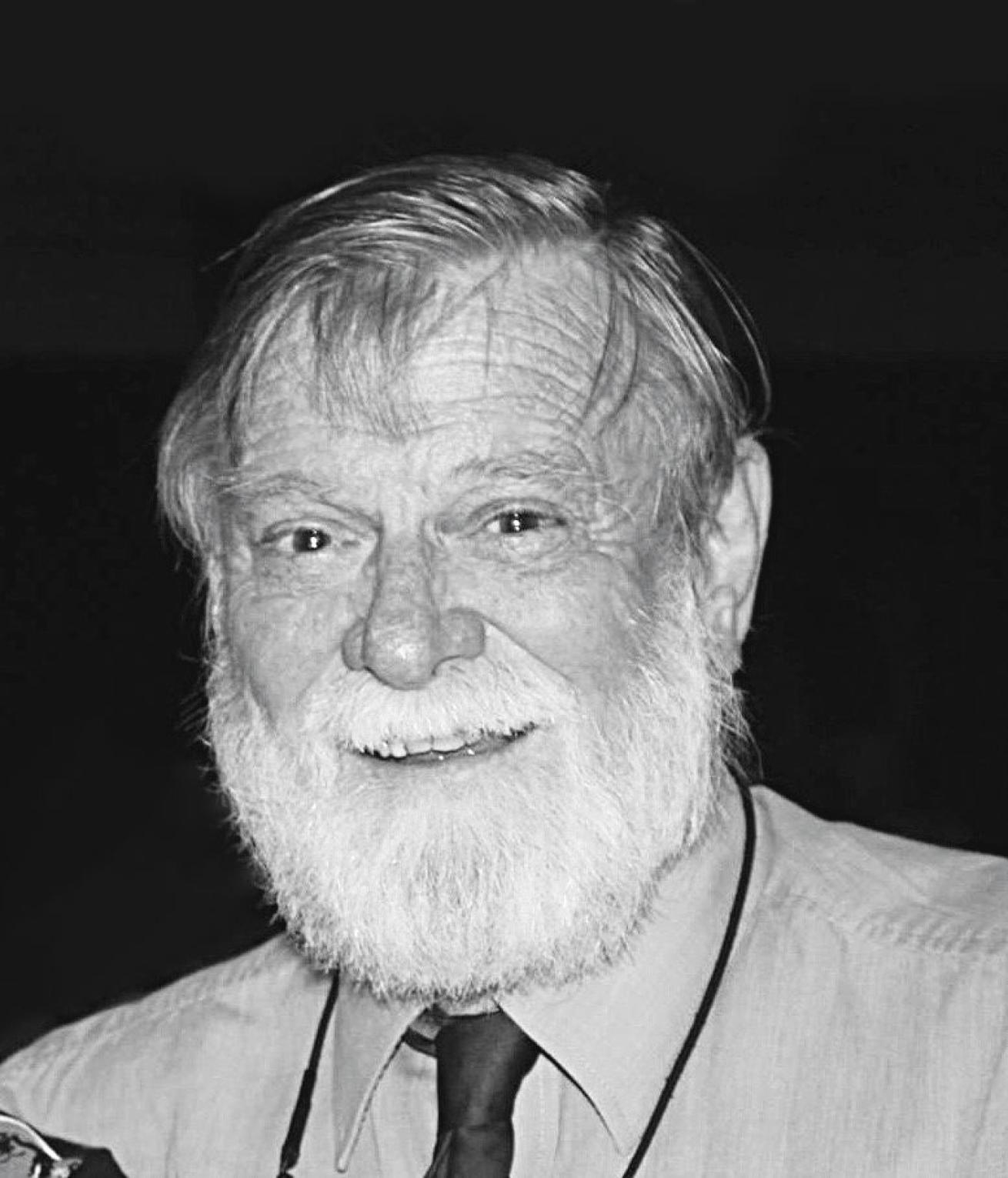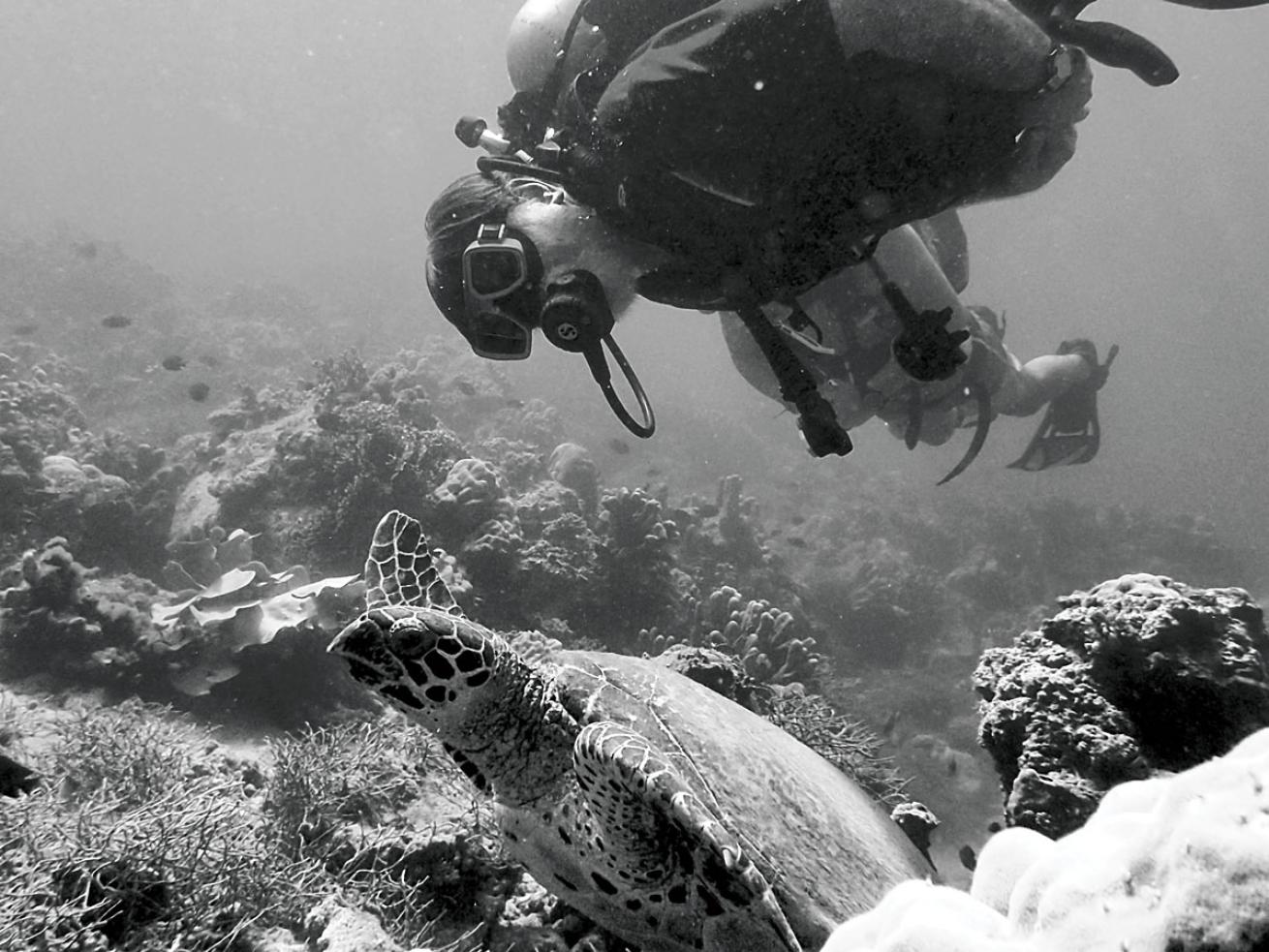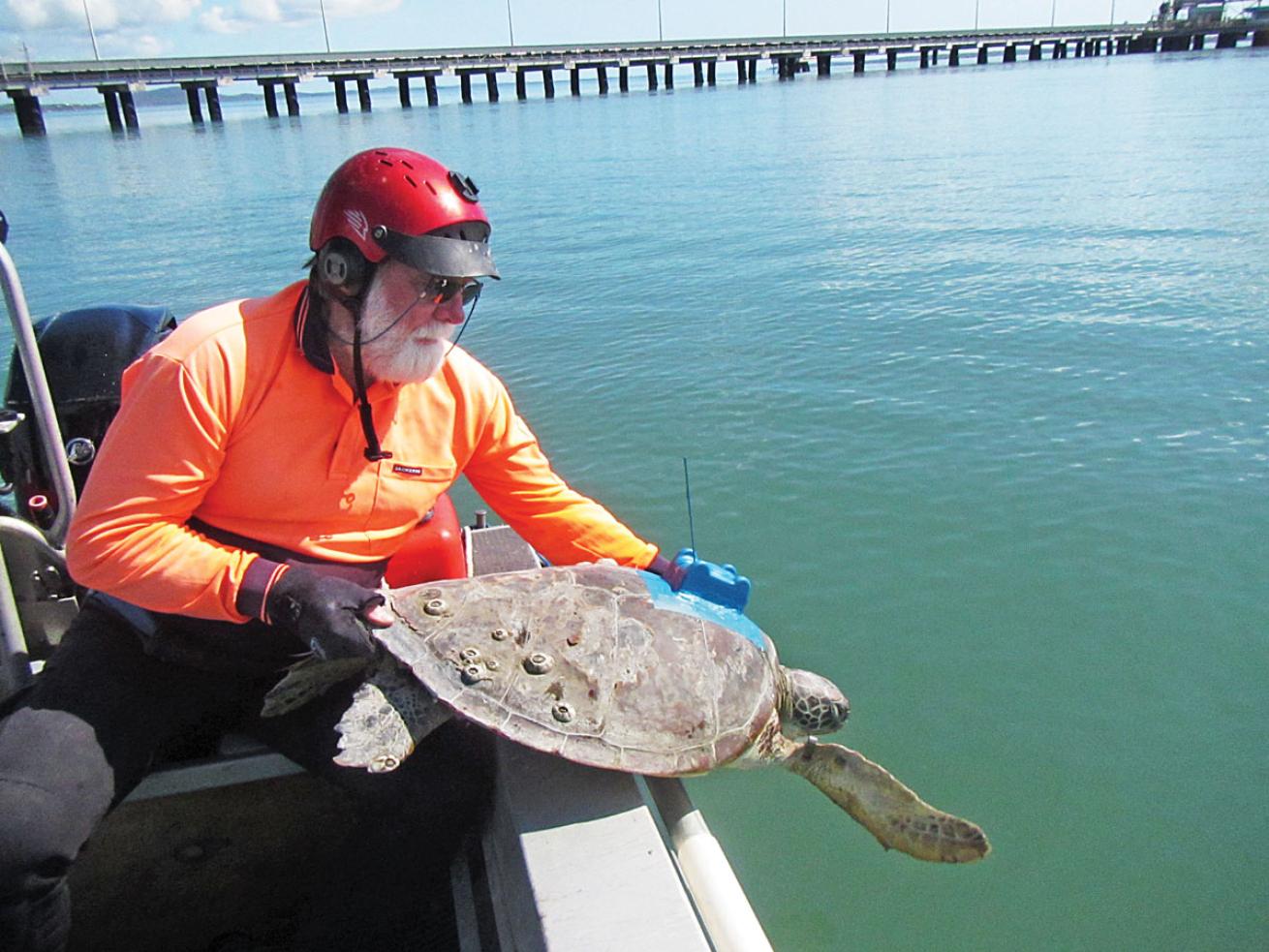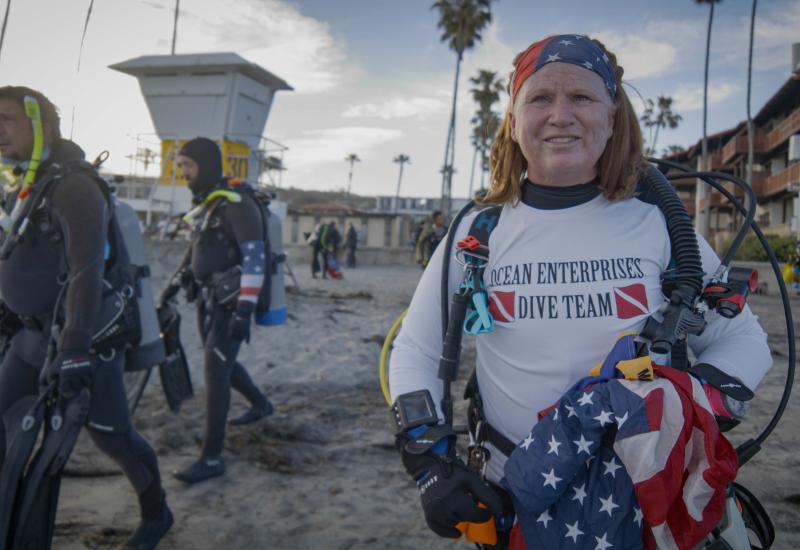Colin Limpus Earns Sea Hero Honors for Sea Turtle Research
YEAR DIVE CERTIFIED: Around 1973
AGE WHEN CERTIFIED: 33
DIVE CERTIFICATION LEVEL: Open water
WORDS TO LIVE BY: “I want my children and grandchildren to be able to enjoy the natural world that I have enjoyed.”
Colin Limpus got certified in 1973. But he’d already been diving, after a fashion, for more than 20 years. “I made my first ‘underwater breathing apparatus’ when I was 12 years old, after watching a movie about WWII frogmen,” he recalls. “Totally unsupervised. I was very fortunate that I did not harm myself. Not a recommended way to start diving.” When he did start for real, it was for his job, as research scientist. Fifty years later, he is godfather of the sea turtles of Queensland, Australia, inspiring more than 10,000 of his fellow Aussies to volunteer in service of their preservation as a chief scientist for Queensland’s Department of Environment and Heritage Protection; for that lifetime of work, Dr. Limpus is our November Sea Hero.

Courtesy Colin LimpusColin Limpus
You started out in 1968 with a four-year study on flatback turtles that “got out of hand” —how has that led you to where you are today?
I grew up in an area with marine turtle nesting and spent most summers visiting the nesting beach—initially to gather eggs to eat, later just to watch and enjoy the turtles, and still later as a teacher, to gather information to use in classroom lessons about the reptilian life cycle. In 1968, a visiting biologist identified some problems facing our turtles and, given my experience with them, encouraged me to take on a small research project. I was already a research scientist with a strong interest in herpetology and researching sea snake toxicology. By that time my understanding of the complex biology of marine turtles and the threats to their populations from human activities enticed me into long-term turtle research and conservation.
Are there lessons from your research that can aid turtle conservation beyond Queensland?
We are among the global leaders who identified that the sex of hatchling marine turtles is determined by the temperature within the nest, and not by sex chromosomes. Our studies also have demonstrated that the size of the annual green turtle nesting population in the Great Barrier Reef is determined by the ELNO Southern Oscillation weather variation some 18 months before the nesting season, and that rainfall and hence flood runoff is the most important factor leading to strandings of sick and dead green turtles and dugong in Queensland.
With our half century of research data, we are in an ideal position to continue our investigation and testing of climate change impacts on turtle populations. Training of turtle conservation volunteers, young researchers and managers has been part of our turtle conservation work since we began in 1968. This training has expanded to include training of students and managers in numerous countries throughout the western Pacific and Asia. In addition I have been the Scientific Councilor for marine turtles to the United Nations Convention for Conservation of Migratory Species (CMS) for 25 years. In this role I am a global advocate for marine turtle conservation.

Courtesy Colin LimpusLimpus—seen diving an Australian reef.
What do you view as the greatest challenges in marine conservation today? How are these challenges reflected in your work?
Minimizing the negative impacts of expanding human populations and modern technology on marine turtles and their habitats to ensure that marine turtle populations have a reasonable chance of surviving for future generations.
Those threats include urbanization and industrial development of coastal habitats that is alienating and/or damaging essential marine turtle habitat, and sky glow (light pollution) from coastal development that results in reduced numbers of adult turtles arriving to nest on adjacent beaches and increasing hatchling mortality on the beaches and in adjacent waters.
We also have increased damage to our coastal marine habitats caused by sediment and chemical outflow from rivers as a consequence of land clearing for agricultural and pastoral industries, and urban and industrial development within the catchments, which causes increased mortality of our turtles and reduces their breeding rates.
And there are excessive amounts of plastic waste entering our oceans, with resulting excessive mortality of turtles, especially of the small post-hatchling turtles during their open ocean dispersal phase—along with decades of past and continuing dependence on coal and oil-based fueling of industry and transport, causing major environmental changes that are putting the survival of many species, including marine turtles, at risk of extinction while also making the world a less safe place for us to live in.
While our national and international leaders endeavor to reverse these impacts, we are directing our research and management responses to understanding these effects on marine turtle population function and exploring options for minimizing or reversing them. Our current studies include addressing the extent to which rising temperatures are causing an excessive reduction in numbers of male hatchlings; how we can cool beaches at risk from rising global temperatures; identification and quantifying metal and organic pollutants occurring in marine turtles; and investigating management of lighting to minimize sky glow and its disruptive impact on marine turtle breeding. Results from these studies enhance the quality of the advice that we can give to agencies that determine policy and management of the environment and management of threatened species like marine turtles.

Courtesy Colin LimpusLimpus releasing a tagged turtle—has worked for more than 50 years on furthering our understanding and protection of sea turtles.
What's been your most satisfying moment?
Meeting a turtle that I had tagged as a hatchling when she returned as an adult to lay eggs in her first breeding season at 29 years of age.
How are visitors impacted when they witness turtles hatching for the first time?
There would rarely be a visitor watching the hatchlings emerging from a nest who was not emotionally drawn in by such small, cute but defenseless animals having to face the harsh reality of life with no parental care and assistance. Empathy with the newly hatched turtles regularly evokes a desire to help them.
What's been your most surprising moment?
Realizing that even though turtles lay lots of eggs in a single nesting season, because of their long delay to first breeding, severely depleted turtle populations require more than 100 years of concerted conservation action to return their population levels back to “natural” levels.
What can divers and our readers do to help?
Take the time to enjoy turtles. Join a local community group committed to caring for our beaches and seas and make a difference by looking after your local environment. Share your observations and photos of turtles, especially those with tags, with me or your local researchers. Reduce your use of plastic in all its forms, and take care in disposal of plastic waste, to ensure that it doesn’t end up in the sea. Let’s leave the ocean in better condition than our generation has made it.










